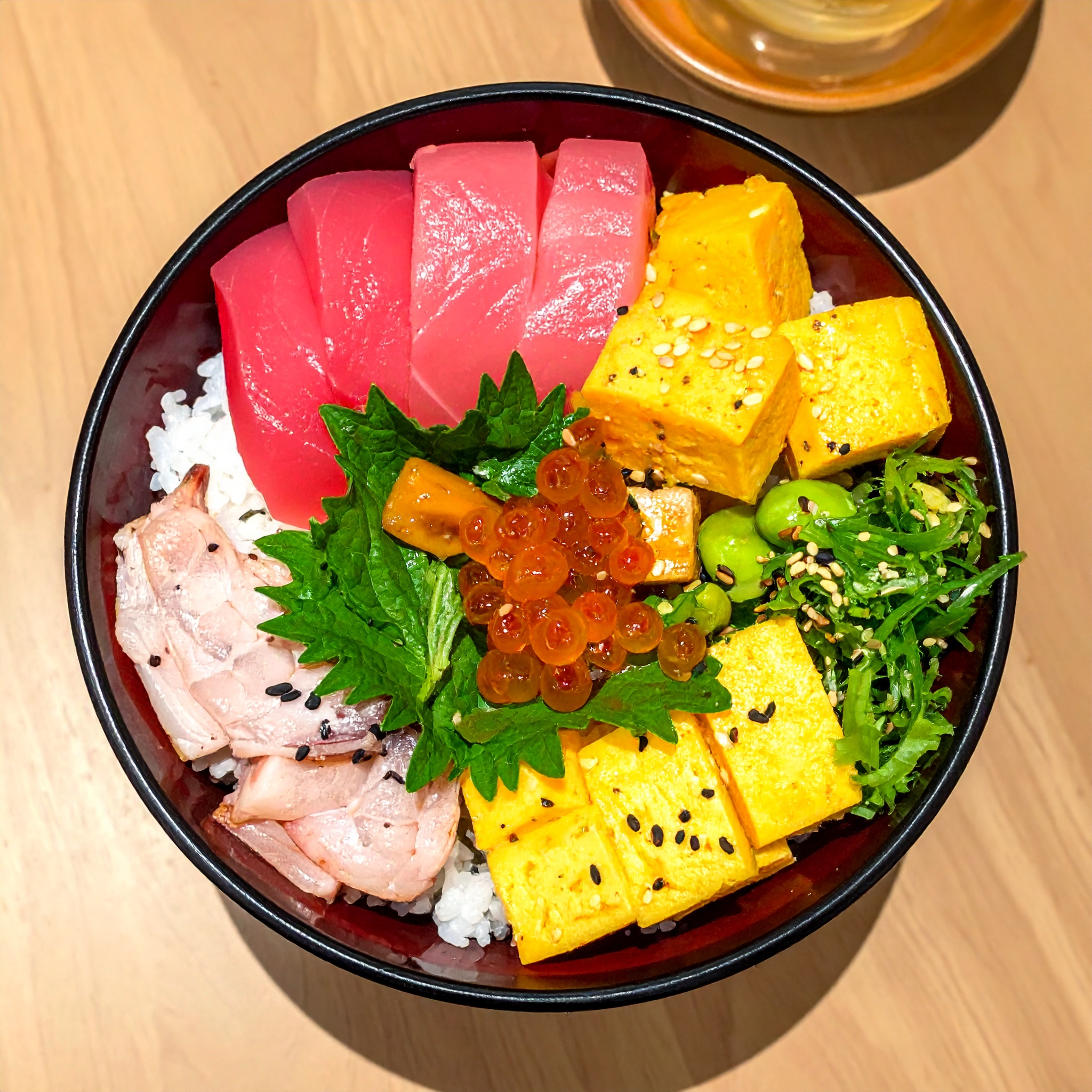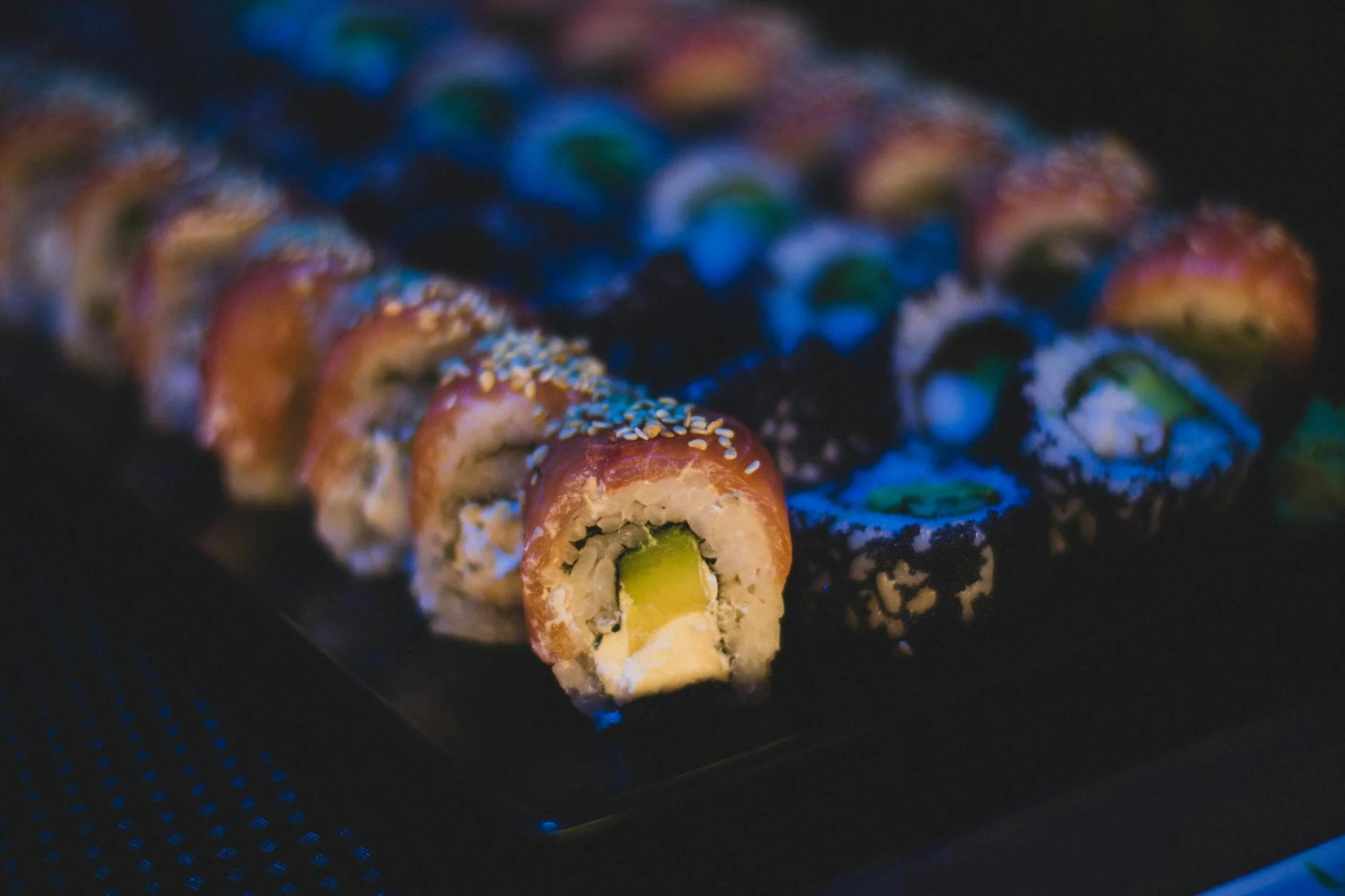In the culinary world, the movement of “fusion”—where diverse cultures and gastronomic traditions intersect—has long served as a driving force behind global culinary innovation. Whether bridging Asia and Europe, the Mediterranean and Latin America, or harmonizing fire-kissed grilling with precision low-temperature techniques, the possibilities are boundless. Among these evolving trends, one particularly captivating pairing has emerged in recent years: the fusion of traditional Japanese washoku and refined French cuisine. At the very heart of this union lies the soul of Japanese flavor—dashi.
Dashi is the essence of Japanese cuisine, providing the foundational umami that elevates a dish with depth and harmony. Extracted from ingredients such as kombu (kelp), katsuobushi (bonito flakes), dried sardines, or shiitake mushrooms, this clear, unassuming broth does not dominate a dish—instead, it unites its components through elegant restraint. It is this philosophy of “subtractive umami” that forms the quiet nucleus of washoku, captivating French chefs and culinary artisans around the world.
In contrast, the essence of classical French cuisine lies in the sauce. Derived from fonds—broths slowly simmered from bones and aromatic vegetables—these foundations are enriched with butter or cream to create luxurious sauces that bring depth and gravitas to a plate. Where the French broth embodies richness, Japanese dashi retains its clarity from beginning to end, offering a delicately nuanced lightness that defines its appeal.

The contrast between richness and clarity is not a matter of superiority—it is a dialogue between two culinary philosophies, each born from its own climate, landscape, and cultural sensibility. These are not competing elements, but rather expressions of deeply rooted taste traditions. And when thoughtfully combined, they open the door to new culinary frontiers.
Imagine a broth where shellfish and kombu dashi are blended to create umami without the use of dairy. Or a sauce enriched not by butter, but by the aromatic depth of shaved katsuobushi. Consider a beurre blanc reimagined with rehydrated shiitake essence, offering earthy complexity in place of cream. These innovations are already quietly transforming select French kitchens, where dashi is being reinterpreted—not merely as a technique, but as a singular ingredient of its own merit.
The defining feature of dashi in Japanese cuisine lies in the source of its umami. Kombu imparts glutamic acid, katsuobushi yields inosinic acid, and dried shiitake mushrooms contribute guanylic acid. When combined, these elements create what is known as the “synergistic effect of umami”—a phenomenon that produces remarkable depth of flavor with minimal seasoning. Unlike Western broths or consommés, dashi delivers satisfaction with less salt, aligning perfectly with the global shift toward reduced sodium and health-conscious dining. For chefs around the world, this refined balance offers both technical value and sensory elegance.
More than a flavor enhancer, dashi embodies the Japanese culinary philosophy of honoring ingredients. Without relying on salt, oils, dairy, or aggressive spices, dashi draws out the natural essence of each element on the plate. It is for this reason that dashi harmonizes so seamlessly with the emerging French culinary movements—such as nouvelle cuisine and today’s growing emphasis on natural, ingredient-forward gastronomy. In these kitchens, dashi is not a foreign concept, but a kindred spirit.
Today, a growing number of French chefs are journeying to Japan to study the art of dashi, seeking to understand its cultural roots and incorporate its techniques into their own culinary philosophies. At the same time, Japanese chefs are immersing themselves in the traditions of French cuisine—mastering the complexities of sauce-making and the precision of heat control. This mutual exploration is giving rise to a new culinary language—one that is unmistakably French in refinement, yet inherently Japanese in spirit.

Beyond flavor alone, dashi transforms the very experience of dining. Its lightness and clean finish offer a gentle satisfaction that lingers subtly on the palate, allowing for greater harmony with beverages and desserts. It preserves the grace of a multi-course meal, preventing palate fatigue and maintaining a sense of flow. This quality reflects the Japanese culinary philosophy of honoring stillness and restraint—now finding quiet resonance within other cultural contexts.
Today, dashi is no longer merely the foundation of washoku. It has been rediscovered by chefs around the globe as a universal principle of umami—an evolving “shared language” that bridges culinary traditions. In the era of refined fusion, dashi stands not just as an ingredient or technique, but as a quiet axis around which a chef’s philosophy can revolve.
Washoku and French cuisine. East and West. Dashi and sauce. Distinct culinary cultures now meet, not in competition, but in mutual reverence—fusing harmoniously on a single plate. At the heart of this union lies dashi: clear, refined, and quietly powerful. The future shaped by dashi transcends language and borders. It emerges as a universal “landscape of taste”—a sensory memory shared across cultures, etched into the hearts of those who experience it.




